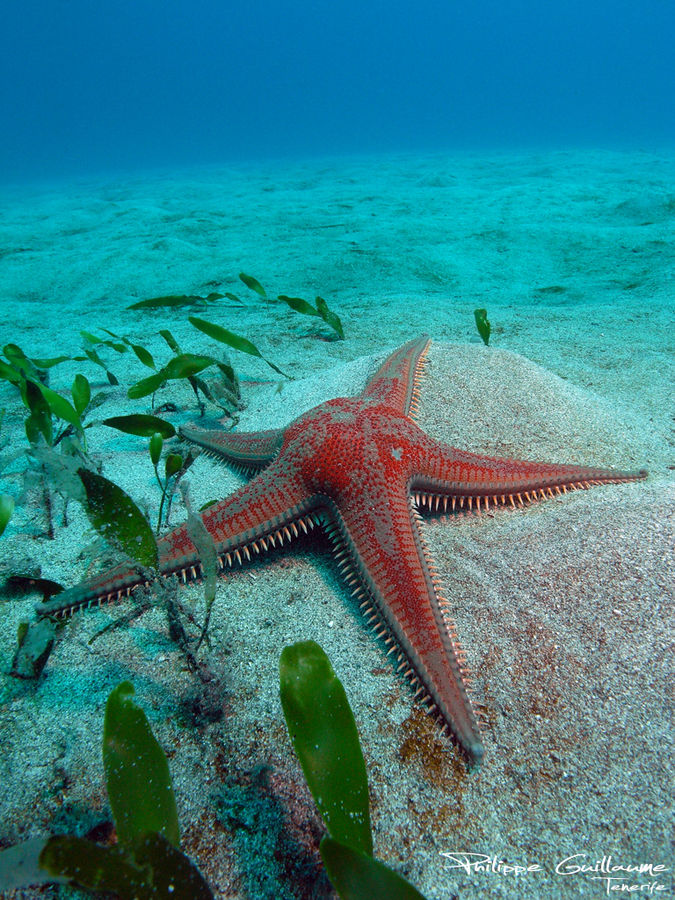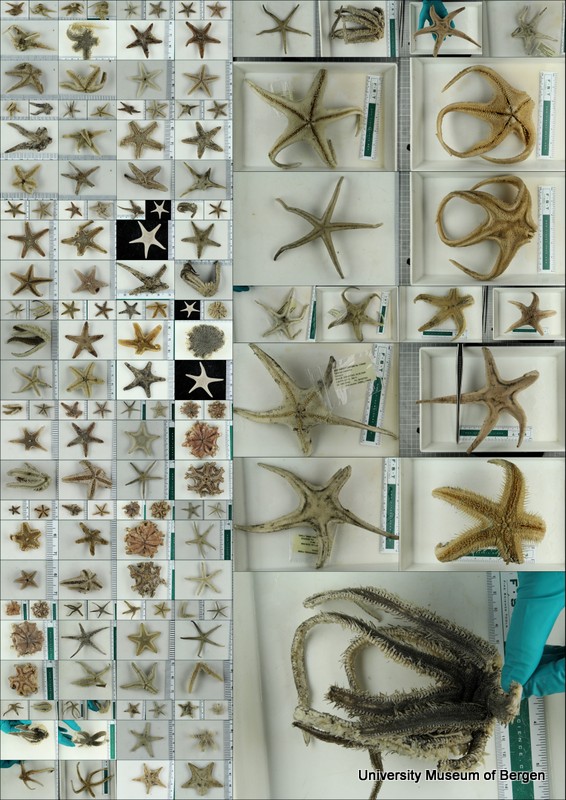We have done substantial amounts of COI barcoding on various animal groups through the MIWA-project. You can find all the specimens that we have submitted for barcoding here. Of the Echinodermata we have previously submitted Echinoids (sea urchins) and Ophiuroids (brittle stars). Currently we are focusing on the class Asteroidea, the sea stars.
There were not terribly many sea stars in our material, and all of the Asteroids were identified when we had asteroid specialist Anna Dilman visiting last spring.
Part of this material is fixated in ethanol and therefore available for genetic work, and we’ve been waiting for some more material to come along so that we would have enough samples to fill the 95 wells in a plate for barcoding and uploading to the BOLD-database. Now we’ve gotten some supplemental material, and are preparing a plate of mainly Asteroidea. We are also including a few brittle stars, as we had six Gorgonocephalidae (basket stars) waiting to be barcoded, and they are plain too cool to pass up. We did a blog post about basket stars in our InvertebrateCalendar, click here to read more about the head of the Medusa.
Why “faded”? Well, in real life they are amazingly beautiful critters, looking something like this:
But once a specimen of the same species – this is a Astropecten aranciacus – has been dragged up by a trawl and marinated in ethanol for a while, it looks more like this:
Thankfully, the colour loss does not mean that the animal is “ruined” – it still retains its key identifying characters and DNA – they just looks a bit less exiting for us non-sea-star-experts!
We’ll finish in the “photo booth” and get the tissue sampling done over the next couple of days, and hopefully our faded stars will shine (as barcode vouchers) after all!
Stay tuned for updates.



